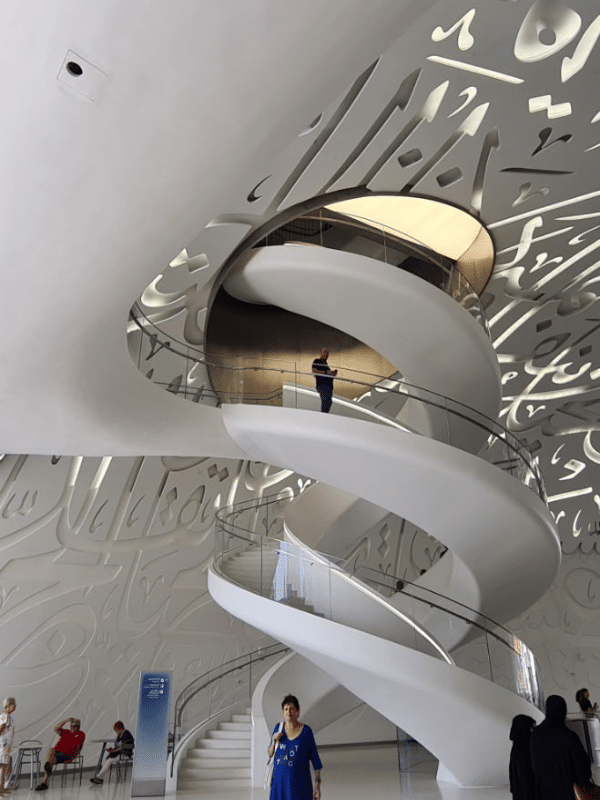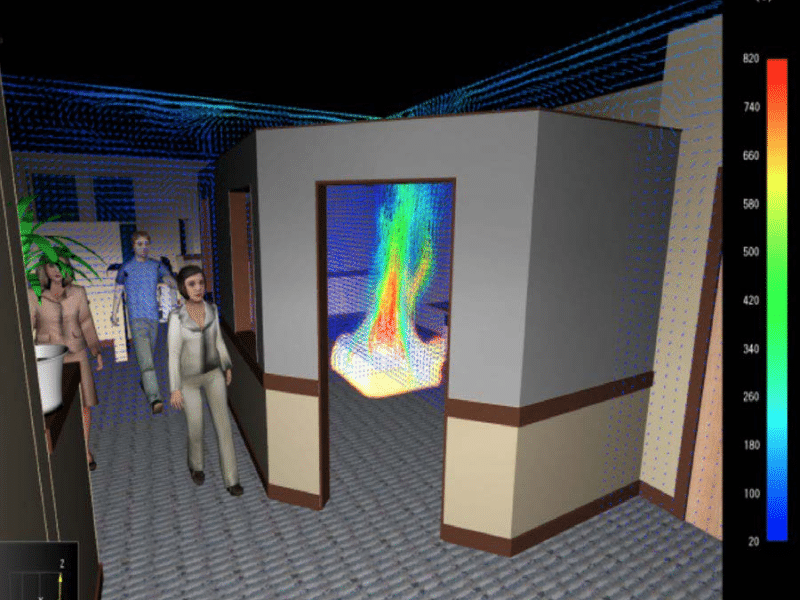Introduction
Performance-based fire protection is an approach to designing and evaluating fire safety measures in buildings and other structures based on their ability to meet specific fire protection goals and objectives. Traditionally, fire protection design relied on prescriptive codes and standards, which offered a one-size-fits-all solution. However, as technology and knowledge advanced, a more dynamic and tailored approach emerged: the performance-based fire protection design approach.
Performance-based fire protection offers advantages in situations where standard prescriptive codes may not be suitable, such as with innovative building designs, historic structures, or complex industrial processes. It promotes a more holistic and risk-based approach to fire safety, emphasizing the desired outcomes over strict adherence to specific code requirements. However, it also requires a higher level of technical expertise, analysis, and collaboration among various stakeholders, including architects, fire protection consultants, and regulatory authorities.
This blog explores what this approach is, its advantages, and its key elements.
What is Performance-Based Fire Protection Design?
Performance-based fire protection design is a dynamic and innovative approach to fire safety that focuses on achieving specific fire safety objectives rather than strictly adhering to predefined regulations. Unlike prescriptive design, where architects and engineers follow a set of rules and codes, performance-based design allows for more creative and customized solutions. This method takes into account various factors, including the building’s intended use, occupant load, materials used, and fire risk assessments. The goal is to develop a fire protection strategy that is more efficient and effective for a given scenario.
Benefits of Performance-Based Fire Protection Design
Tailored Solutions: One of the primary advantages of performance-based design is its ability to create custom solutions for different buildings. Instead of a one-size-fits-all approach, architects and engineers can develop fire protection strategies that are specifically designed to address the unique characteristics and needs of a particular structure.
Cost Efficiency: By tailoring fire protection measures to the specific risk profile of a building, it is possible to optimize the allocation of resources. This can lead to cost savings, as you avoid overinvesting in unnecessary fire protection measures or materials.
Innovation and Flexibility: Performance-based design encourages innovative thinking and flexibility. Designers can explore new technologies and design elements to enhance fire safety without being bound by rigid codes and standards.
Enhanced Safety: While compliance with prescriptive codes is essential, performance-based design goes further by focusing on real-world safety outcomes. This approach often results in superior fire protection measures that prioritize life safety.

Figure 1: Innovative Architecture – Not Possible to Design Using Prescriptive Codes, Dubai Frame

Figure 2: Innovative Architecture – Not Possible to Design Using Prescriptive Codes, Dubai Museum of Future
Key Steps in Implementing Performance-Based Fire Protection Design
Fire Risk Assessment: The first step in performance-based design is to conduct a thorough fire risk assessment. This includes evaluating the building’s use, occupancy, fire load, fire spread potential, and the expected response time of the fire department.
Objectives and Performance Criteria: The stakeholder objectives are identified and stated in terms of acceptable loss or the maximum tolerable limits, such as the maximum tolerable number of injuries, maximum tolerable damage to the building, or the maximum length of the business disruption. Once the stakeholder objectives are identified, the design objectives translate the stakeholder objectives into values that can be quantified in fire protection engineering terms. Design objectives serve as benchmarks for evaluating the trial designs and are used as a basis for establishing the performance criteria. Performance criteria are quantitative measures of the consequence of a fire that needs to be avoided to fulfill objectives. For example, this might include setting criteria for evacuation time, the descent of a smoke layer to a certain height, the intensity of radiant heat flux, the suppression of a fire, or the containment of a fire to specific areas of the building.
Fire Modeling and Analysis: To achieve the established performance objectives, fire protection engineers use advanced computer modeling and analysis tools to simulate various fire scenarios. These simulations help identify potential hazards and vulnerabilities and develop the most effective fire protection strategies.

Figure 3: Smoke Dispersion and Egress Analysis Using Computer Model
Design Development: Based on the outcomes of the fire modeling and analysis, fire protection engineers develop a tailored fire protection design. This may include the selection of appropriate fire-resistant materials, the installation of fire alarm systems, the installation of sprinkler systems, and the design of escape routes.
Challenges and Considerations
While the performance-based approach offers numerous advantages, it is not without challenges. Here are some important considerations:
Expertise: Implementing this approach requires a team of skilled fire protection engineers and experts who can navigate the complexities of fire modeling and system design.
Regulatory Approval: Many jurisdictions may not have well-defined processes for approving performance-based designs, so it’s essential to work closely with local authorities and building officials.
Change in Building Use: The performance-based design for one occupancy in a building might not be suitable for another or future occupancy in the same building. Close coordination with the building owner is essential to identify all the potential uses of the building and expected occupancy changes.
Conclusion
Performance-based fire protection design represents a paradigm shift in the world of fire safety. By focusing on specific performance objectives, this approach allows for more tailored, cost-effective, and innovative solutions. As buildings become more complex and diverse, performance-based design is increasingly relevant in addressing the unique fire safety challenges posed by modern architecture. Architects and fire protection engineers should embrace this approach to enhance safety and create more efficient, sustainable, and secure buildings for the future.
To learn more on this topic and VERTEX’s Fire Protection and Engineering Design services contact Muhammad Hashim Jalani, CSP, Fire Protection Engineer at The Vertex Companies LLC.
Muhammad is a highly skilled fire protection engineer with extensive experience in performance-based fire protection design. He has a strong theoretical background, having taken master’s level courses on performance-based design. Muhammad’s experience in performance-based design includes working on projects including high-rise buildings, stadiums, museums, restaurants, and industrial facilities. Additionally, at VERTEX, he is involved in designing fire suppression systems, fire alarm systems, and designing for industrial fire safety and process safety solutions.
Author: Muhammad Jalani



